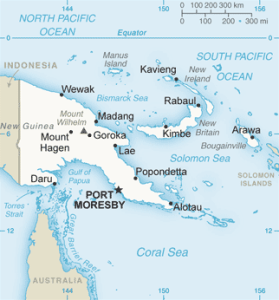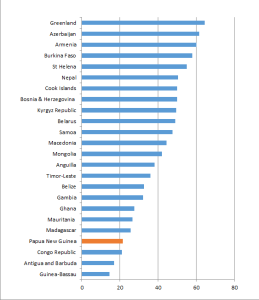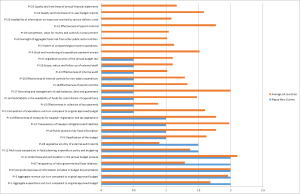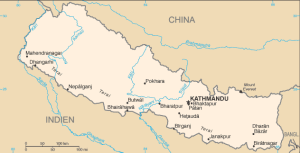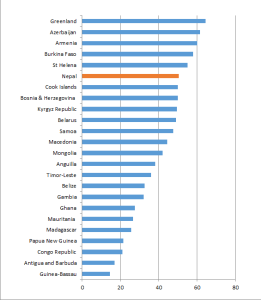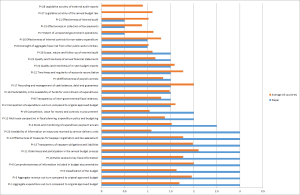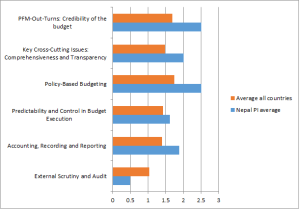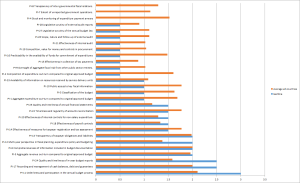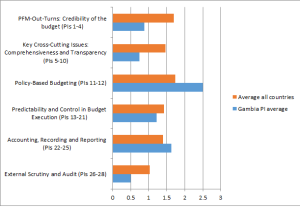Asian Development Bank’s PPP Offering
New fund to assist PPP preparation
On 25 January 2016 the ADB launched its fund to finance preparatory costs for creating partnerships with private sector counterparts for the development of essential infrastructure projects. Such arrangements are seen as attracting private sector expertise and financial backing to unlock national economic potential and provide much needed services.
Past experience highlights the need for a PPP preparation funding mechanism
Public private partnerships (PPPs) have had a chequered history in the west over the past two decades. Agreements are highly complex and extend over long periods during which public sector needs and priorities can change leaving heavy financial penalties for premature termination or variation to initial service concepts. The sharing of risk is part of the case for governments entering joint ventures of this kind but the private sector has proved highly adept at distancing itself from risk when contracts are written.
Clearly the right projects need to be selected and contracts written with foresight, fairness and flexibility if cash strapped nations are to avoid perfect solutions turning into perfect nightmares. This new investment fund is clearly designed to support sound projects that are captured in agreements that provide a fair deal for all.
See PFMConnect’s new PPP board posted yesterday on Pinterest. It references numerous PPP projects and some cautionary expert comment.

